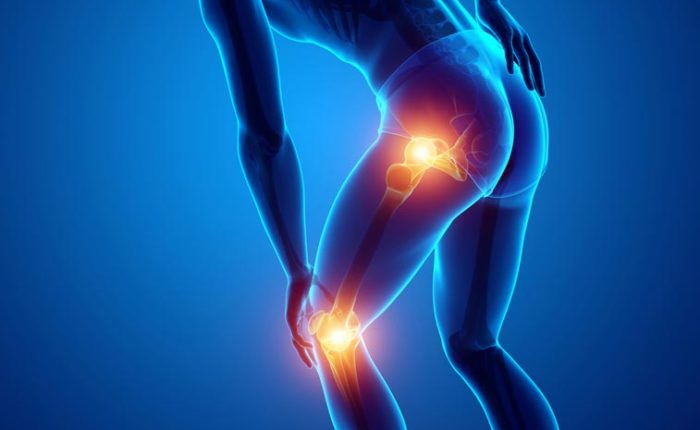Arthritis is one of the most common disabling medical conditions among adults over the age of 65. The word arthritis comes from a blend of the Greek word arthron, for “joint,” and itis, for “inflammation.” Arthritis literally means “joint inflammation.”
Arthritis occurs in various forms, some occurring gradually as a result of natural wear and tear on joints, and others appear suddenly and then disappear, recurring at a later date regardless of treatment. One of the most common forms of arthritis is Osteoarthritis.
Osteoarthritis is also known as degenerative arthritis, degenerative joint disease, or osteoarthrosis. It is most common in women and may affect any joint in the body; although it tends to develop in the weight bearing joints. With osteoarthritis, the problem lies in the cartilage that cushions the ends of bones of the joints. As you get older, the cartilage deteriorates and the smooth surface begins to roughen. Eventually the cartilage completely wears down and bone begins to rub on bone without the protective cushion in-between. This is often painful and restricts the individual from carrying on with the activities in life they enjoy most.
Osteoarthritis commonly affects the neck or back. The discs between each vertebrae in the spine are made of cartilage and can wear out over time. As the disc narrows, the vertebrae come closer together and ultimately begin to rub together causing inflammation and pain. Gradually the spine stiffens and loses its flexibility. Osteoarthritis also frequently affects the hips and knees because they bear the most weight from the body. Pain begins to develop in these areas when you stand and walk which can cause additional inflammation in the joint.
There is no single test to diagnose osteoarthritis, so most doctors use a combination of methods to diagnose the disease and rule out the possibility other causes. A physical exam can show limited range of motion, crepitus (cracking or popping sounds) of a joint with motion, joint swelling, and tenderness. An x-ray of affected joints will show loss of the joint space and, in advanced cases, wearing down of the ends of the bone and bone spur development.
Although osteoarthritis generally isn’t a seriously disabling condition, there is no way to reverse the affects of the damage that has occurred. The most important lifestyle changes you can make if you suffer from osteoarthritis are weight loss and regular exercise. Loosing any extra weight you may have will help take the pressure off the affected joints and provide pain relief. Regular exercise strengthens the muscles so they better support your joints. Clinical studies also suggest that in addition to reduction of pain and disability, exercise improves strength, range of motion, balance and coordination, endurance, and posture.
Another option for halting the progression of osteoarthritis is to consult a Physical Therapis. Research suggests that tailored arthritis exercise program may increase range of motion, restore normal movement of the spine, relax the muscles, improve joint coordination and reduce pain. Contact SOL Physical Therapy today to start moving and feeling better!


